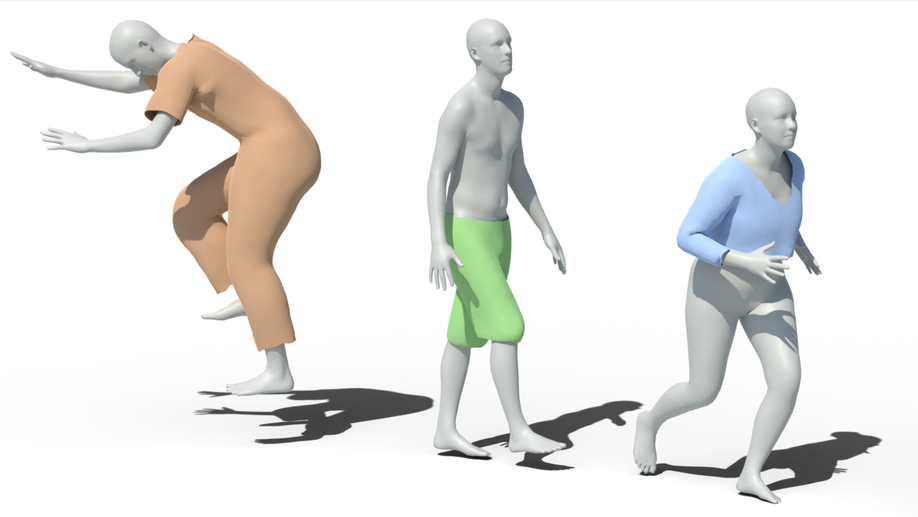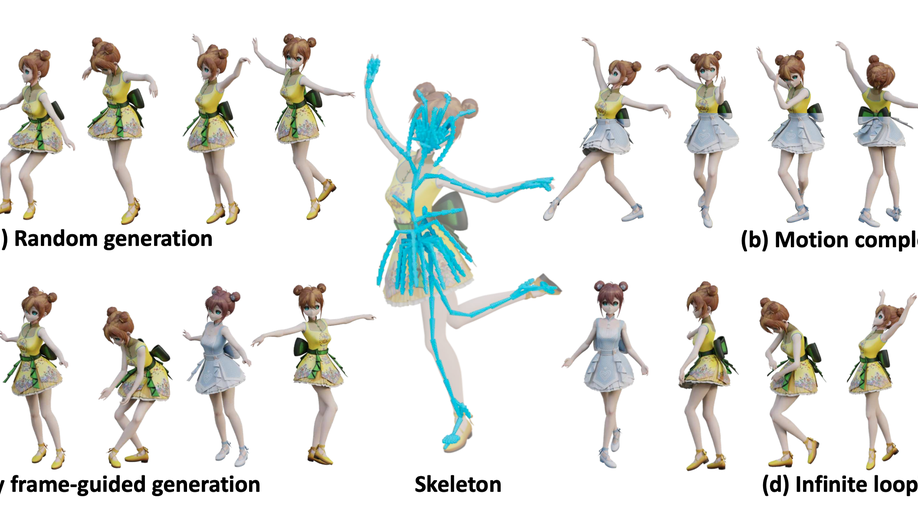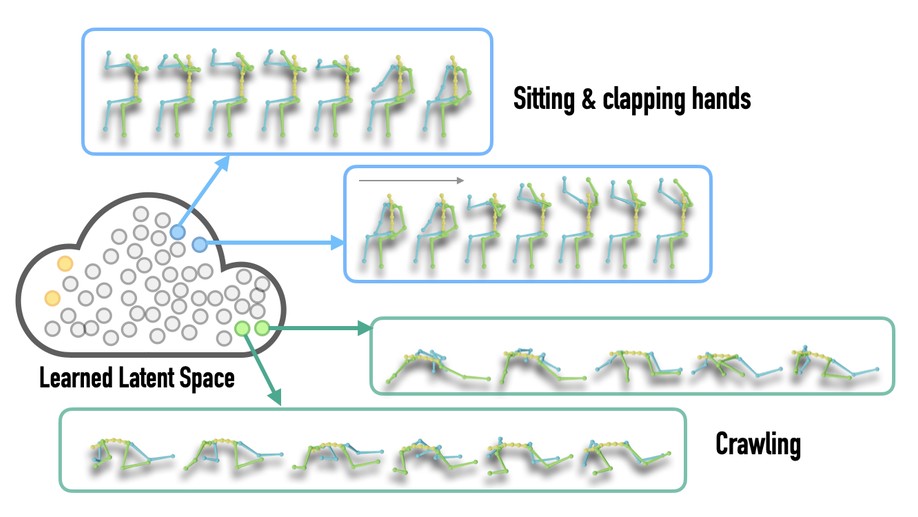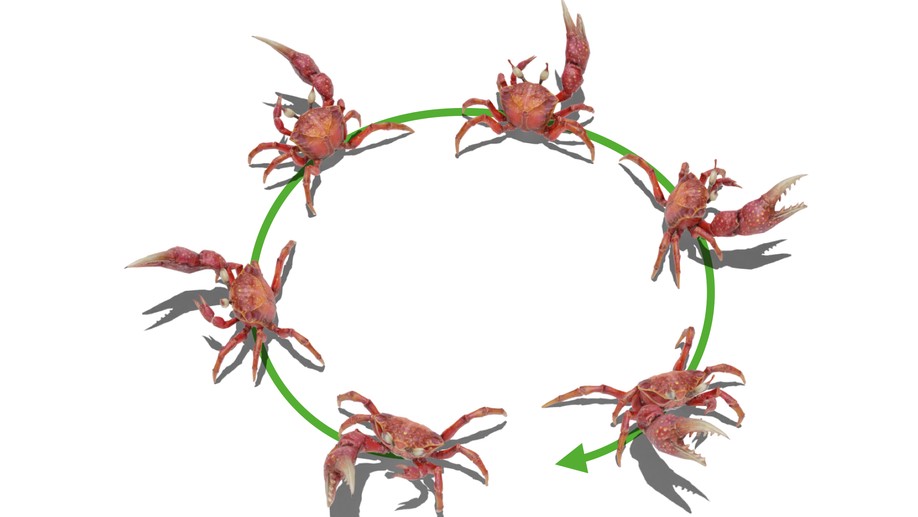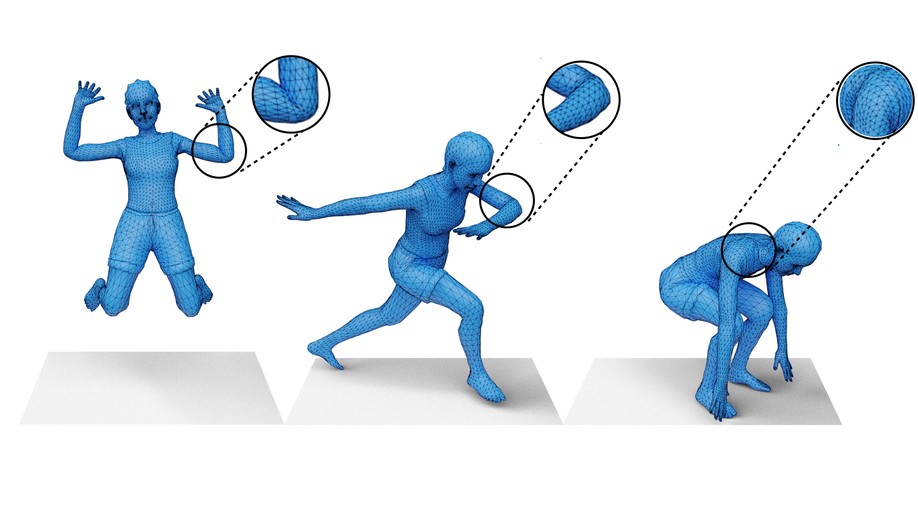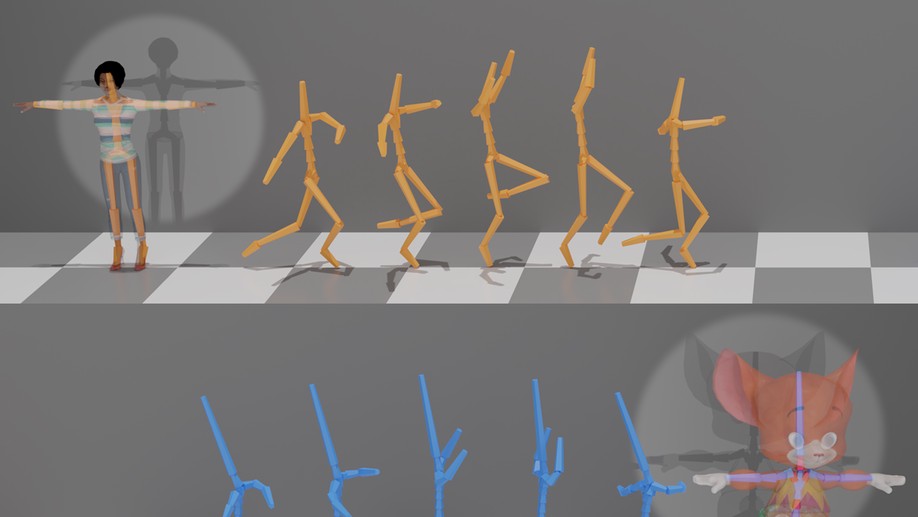Short Bio
My name is Peizhuo Li (李沛卓). I am a direct doctorate student at Interactive Geometry Lab under the supervision of Prof. Olga Sorkine-Hornung. My research interest lies in the intersection between deep learning and computer graphics. In particular, I am interested in practical problems related to character animation. Prior to my PhD study, I was an intern at Visual Computing and Learning lab at Peking University and advised by Prof. Baoquan Chen.
Interests
- Computer Graphics
- Character Animation
- Deep Learning
Education
-
Direct Doctorate, 2021 ~ Present
ETH Zurich
-
BSc in Computer Science, 2017 ~ 2021
Turing Class, Peking University
